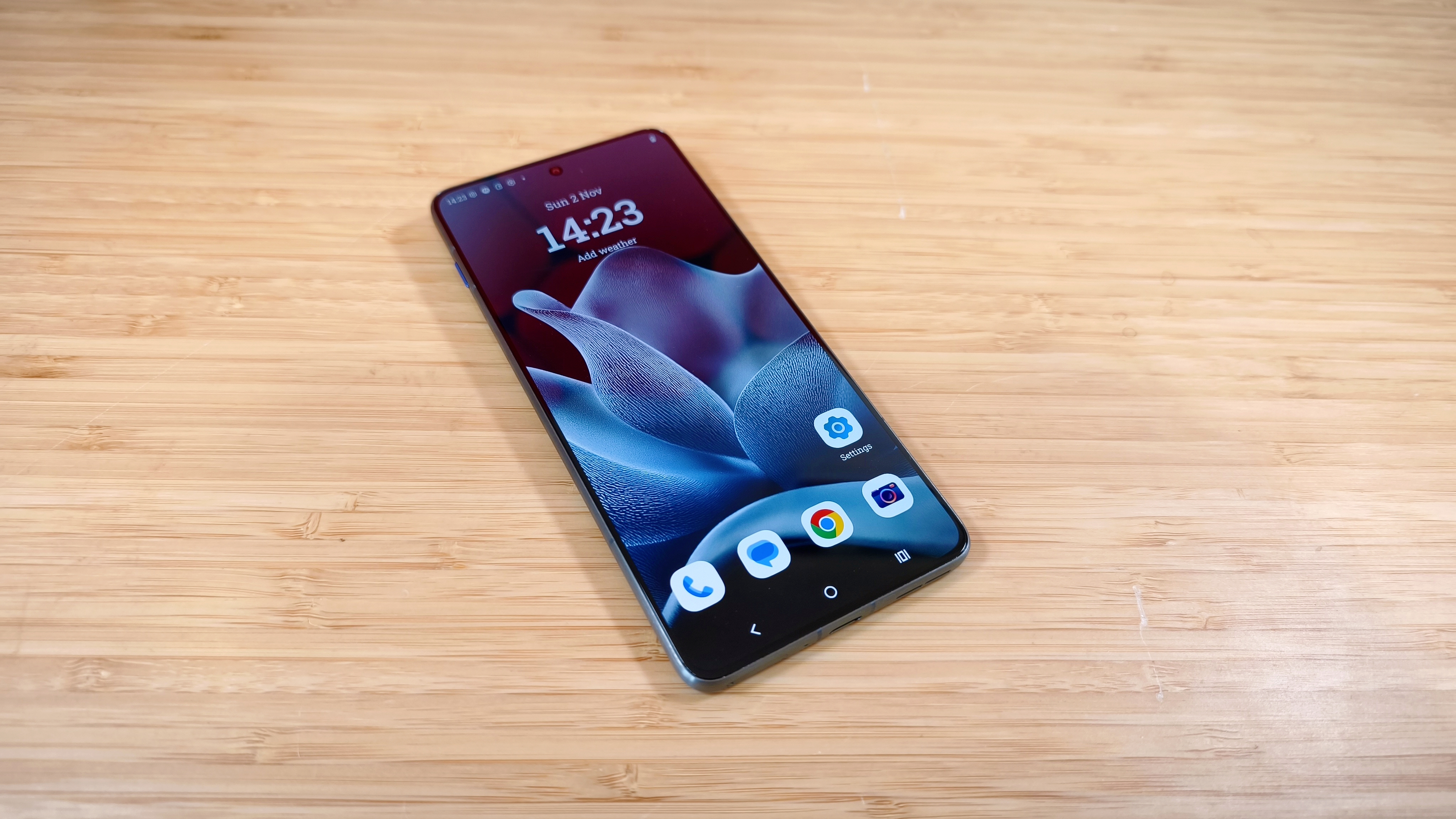Halftone and Bitmap Effects
By converting an image to bitmap you can create a striking array of textures that will add an exciting twist to your illustrations. Jason Cook explores Photoshop's bitmap-friendly tools and effects.
Halftoning breaks down the continuous tone of an image into a grid of regularly spaced cells. These cells are translated into halftone spots, which vary in size to simulate the appearance of light and shade (bigger dots appear darker; smaller dots, lighter). The technique goes back many centuries, when engravers used cross-hatching to give the impression of grey in their illustrations.
When photography came along, process cameras were used for halftoning, but now they've been superseded by digital imaging technology. The principle underlying both is the same, though - the conversion of any pixel that is grey or coloured to halftone spots.
For this tutorial, you'll use Photoshop's halftoning options to help create a number of patterns and effects that will build up your illustration and give it instant texture. The main core of the effects you create will be found by converting the image to greyscale, then applying the bitmap mode, which will bring up a number of options, such as Threshold, Pattern Dither, Diffusion, and so forth.
Unless you have a clear understanding of line frequency, screen ruling and all the other technical details behind halftoning, much of this tutorial will be based on happy accident, and you should experiment to find the desired effect.
The main focus of this tutorial will be the figure and the lips, shown in the opening illustration. You'll then add the remaining elements to finish the piece. Obviously, if your colours and gradients vary from those shown in the tutorial, so will your halftoning effects, but don't worry about this; understanding the principles is the key to this exercise, so just use this opening illustration as a guide.
Click here to download the tutorial for free
Daily design news, reviews, how-tos and more, as picked by the editors.

The Creative Bloq team is made up of a group of art and design enthusiasts, and has changed and evolved since Creative Bloq began back in 2012. The current website team consists of eight full-time members of staff: Editor Georgia Coggan, Deputy Editor Rosie Hilder, Ecommerce Editor Beren Neale, Senior News Editor Daniel Piper, Editor, Digital Art and 3D Ian Dean, Tech Reviews Editor Erlingur Einarsson, Ecommerce Writer Beth Nicholls and Staff Writer Natalie Fear, as well as a roster of freelancers from around the world. The ImagineFX magazine team also pitch in, ensuring that content from leading digital art publication ImagineFX is represented on Creative Bloq.
